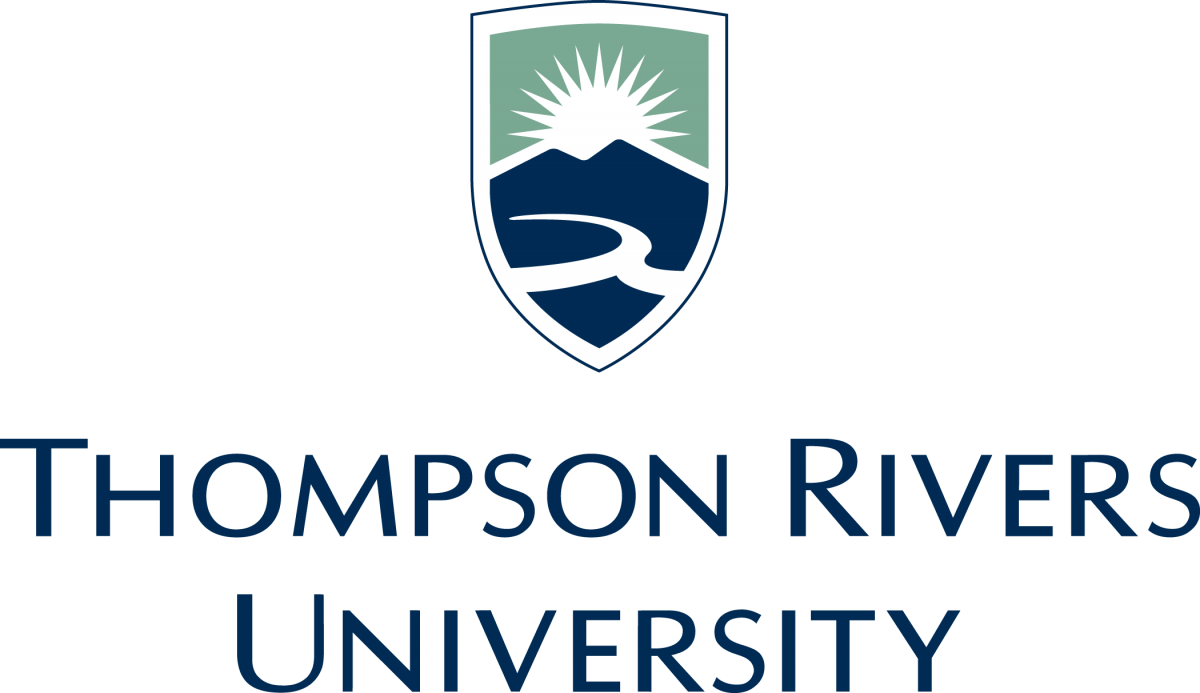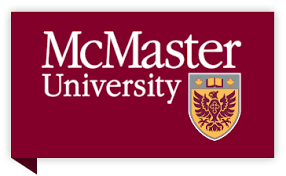The Project:


We know, from the findings in eastern North America, that some bat species are more impacted by WNS than other species. While it is not clear which factors affect vulnerability to this disease, wing microbiome is thought to play a significant role.
Using bacteria sourced from local healthy bats, we have derived a probiotic prophylaxis for the prevention of white-nose syndrome (WNS), the fungal disease poised to devastate western North American bat populations. This probiotic cocktail is a strategic combination of 4 bacterial strains shown to inhibit the disease-causing fungus (referred to as Pd). These bacteria naturally occur on some bat’s wings in western Canada. Our ‘Robinhood Approach’ aims to provide vulnerable building-roosting bats, who may rarely come in contact with natural soils, with these beneficial bacteria.
Now that we have successfully tested this probiotic on captive building roosting bats (2018-19), we have concluded that it is effective at changing bat wing microbiomes and slows the growth of the Pd fungus. Over the past 2 years, through collaboration with UBC Okanagan, we have been preparing for the implementation of this mitigation tool by establishing baseline data at 4 large maternity roosts in Metro-Vancouver. This will enable us to compare bat ecology and health pre- and post-treatment with the WNS prophylaxis. In August 2019 at two maternity roosts in the Vancouver region, we conducted a pilot field application providing this new wing probiotic to bats just prior to when they left for hibernation. By applying the natural probiotic cocktail to their roost substrates, we armed these bats with an enhanced anti-WNS wing flora which we anticipate will delay or prevent Pd growth for a long enough portion of the winter to increase survival of the WNS disease should they encounter the fungus at their hibernaculum.
.